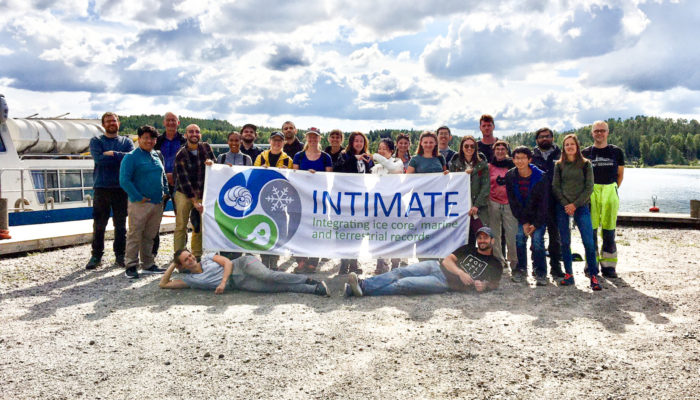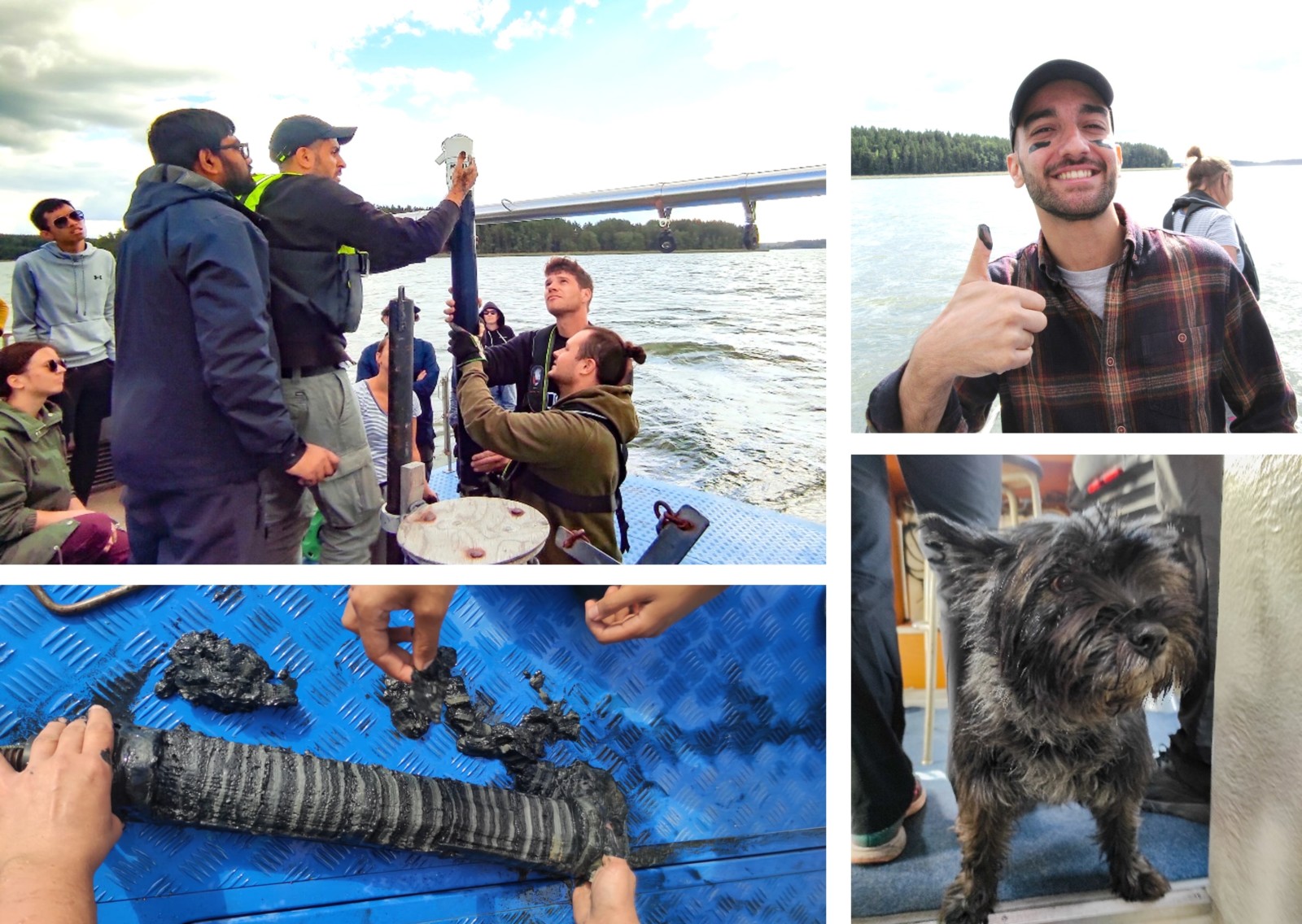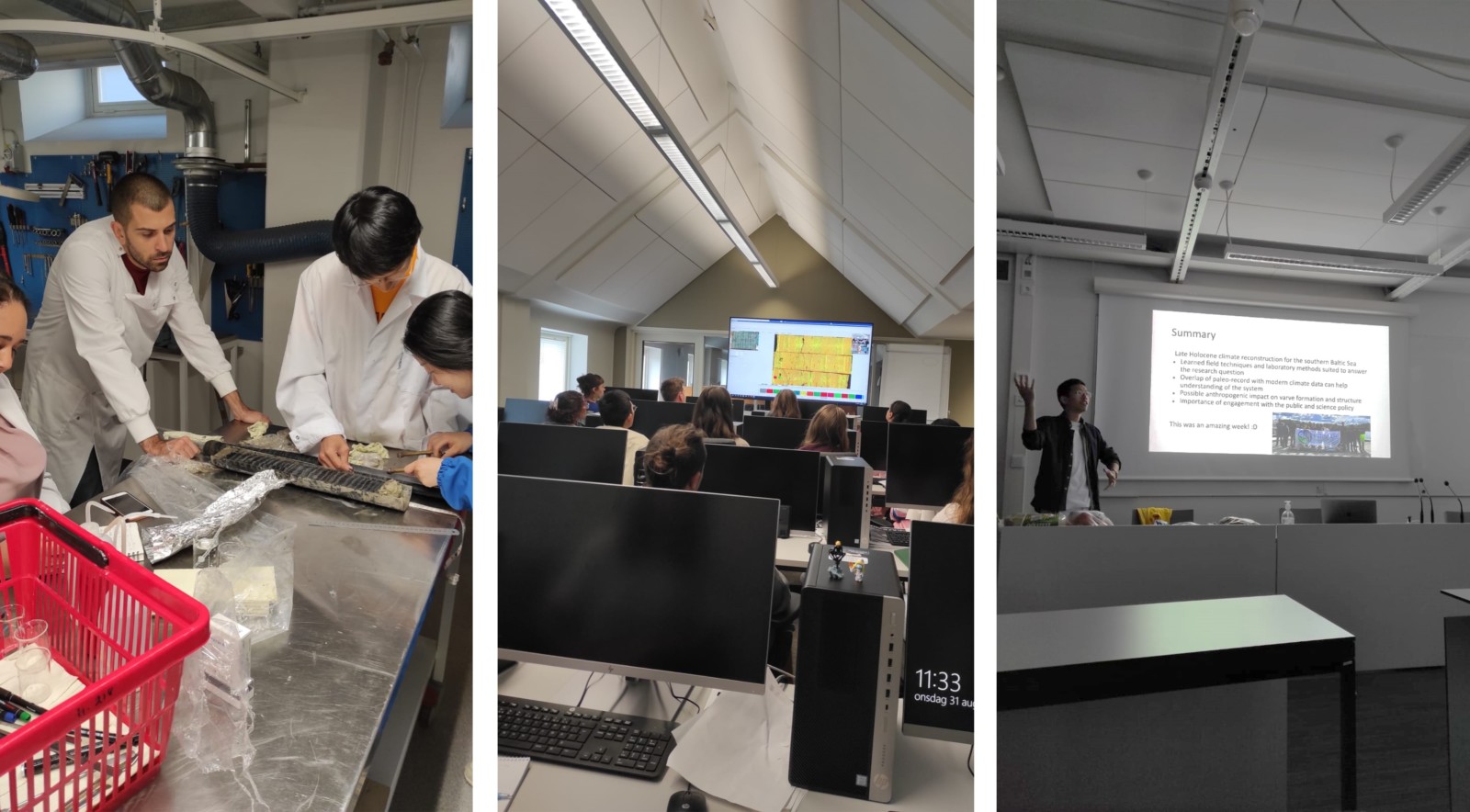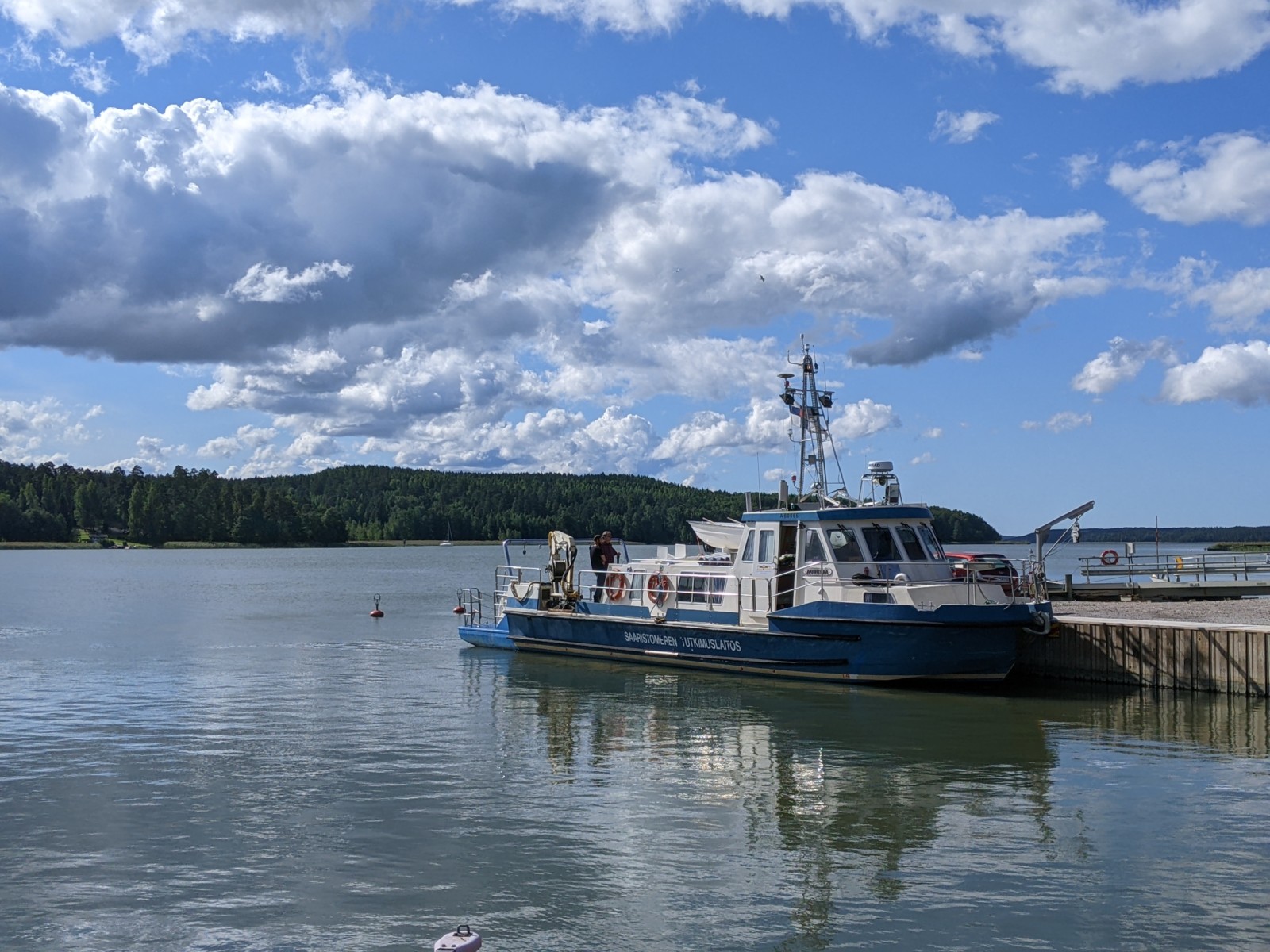
The Earth’s climate has been rapidly changing in the last decades. That’s a fact! Virtually, every one of us has been experiencing those changes in person, but how do we know that Earth’s climate has changed in the past beyond the instrumental data of the last ~200 years? From ancient manuscripts to geologic records, there are many “archives” one might consider “reading” to infer or reconstruct past climates (depending on if one wants to learn more about climate variability). This type of research is called, “paleoclimatology,” a multidisciplinary branch of science that deals with deciphering natural archives that recorded information about past climate conditions. Those archives can include sediment sequences (marine and lacustrine), ice cores, speleothems, subfossils (e.g., tree rings and corals), rocks and geomorphological features (e.g., glacial deposits, erosional features). The integration of different types of records used to understand the dynamic nature of past climate change is one of the main goals of the INTIMATE network.
About the INTIMATE summer school
“INTIMATE” stands for INTegration of Ice-core, MArine, and TErrestrial paleoclimate records and is constituted by a broad panel of international paleoclimate scientists from a wide range of disciplines that focus on developing innovative past climate reconstruction tools and methods. The network is particularly devoted to promoting paleoclimatology and bringing senior and early-career scientists together from around the world in a collaborative research and training environment. This is the backbone of INTIMATE’s biennial summer schools, which this year was held in Turku (Finland) and was focused on the use of annually resolved sediment records, a.k.a varves, to understand the climate evolution of the Late Holocene climate and the impact of anthropogenic environmental changes. And what better place to get varves than the magnificence laminated sediments of the Archipelago Sea, where each year a 2-cm-thick varve is deposited? A total of 18 students from across Europe (including myself) attended this summer school this year. Throughout the workshop, students were introduced to introduced to fundamental to advanced knowledge on different methodologies of detecting climate and environmental changes. We went on board the vessel Aurelia (Fig. 1) along with the company of little sailor dog 🐶 and got our hands (and even faces) dirty by collecting several gravity cores in the Archipelago Sea following the lead of varves expert Dr. Saija Saarni (Fig. 2).
After the obligatory group photo (Fig 3First photo), we went back to Turku, where we performed laboratory and digital analyses at the Geohouse (University of Turku and Åbo Akademi University). This included varve counting, image analysis, smear slides, and X-ray fluorescence (XRF) profiles to study the varve structures, understand the depositional cycle and formation of the varves, and finally to generate a varve chronology (Fig. 3). In the end, we divided ourselves into different groups, communicating some of the results, social awareness of climate change, and even drafting a research proposal for additional studies to be done on these varves! 🤓
What did we learn?
During this workshop, we recognized that a climatic reconstruction is a joint venture and a staged process, with an initial stage often consisting of data collection, e.g., fieldwork and laboratory analyses. In a subsequent stage, these data are interpreted and used to provide evidence for climatic variation through time at a particular location. By comparing new data to reconstructions from multiple locations spatial patterns (spatiotemporal reconstructions) of past climate change can be developed, providing a holistic “view” of the impact of climate changes of the past.

Figure 2. Students collecting the gravity corer in the anoxic Karhusaari basin. Photos credits: Ricardo N. Santos and Natalie Selwood.
One important lesson learned was that reconstruction of past climate change could be entirely qualitative and subjective (e.g., “warmer/cooler” or “wetter/drier”), as well as potentially provide quantitative estimates of the paleoclimate when it is assumed long‐term stationarity in the natural response to climate. Nevertheless, these assessments require a good understanding of how climate indicators (a.k.a climate proxies) respond to climate and environmental factors, such as sensitivity to seasonal changes or through complex processes, e.g., lagging responses. The study area’s specificities are also essential to consider and interpret; this may include, for instance, understanding a basin’s sedimentary dynamics, structural controls, or in the case of the Archipelago Sea, the sea ice cover.

Figure 3. Aftermath of coring campaign at the at the Geohouse. From left to the right, sediment analysis, lectures and presentations. Photos credit: Ricardo N. Santos.
So, why is it important to study the past climate?
Paleoclimatologists can research and provide ground-truth evidence of how climate dynamics worked in both magnitude and frequency across different spatiotemporal scales. Palaeoclimate data therefore provide a crucial element for evaluating the robustness of climate models and increasing our confidence in future climate projections. This will ultimately improve our understanding of how the current and future climate changes will impact us.
Did you find these topics interesting? Are you an early career scientist? Did this blog post spark your interest in joining the next summer school? Take a look at the INTIMATE website and consider subscribing to the mailing list! 😉
Check this small event highlight video: https://youtu.be/2F66bkFZ7iA.
I would like to express my gratitude to the teaching and organization team: Francesco Muschitiello; Saija Saarn; Stefan Engels; Cecile Blanchet; Christof Pearce; Marco A. Aquino-Lopez; and to the enthusiastic and friendly invited speakers: Achim Brauer; Melissa Ines Gomis; Maija Heikkilä; Tom Jilbert; Pilvi Muschitiello, Rachael Rhodes and Rik Tjalingi. Also, special thanks to Stefan Engels, Martin Wegmann and Ichiko Sugiyama for proofreading this blog post! 🤗 Last but not least, many thanks for the financial support from the International Union for Quaternary Research (INQUA).

